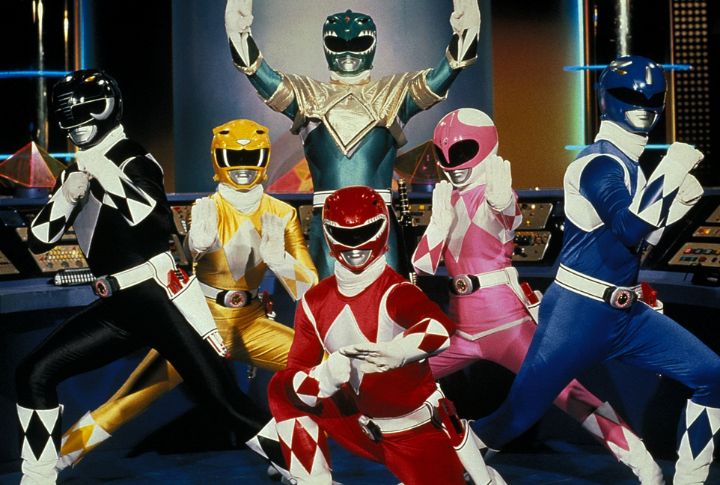
Some kids got life advice from their parents, while others received it from mutant turtles and talking sidekicks. Cartoons filled our heads with strange ideas that changed us, even when we didn’t realize it. If you’re in the mood to rediscover what really stuck, scroll through these cartoon-inspired lessons that snuck into your brain without permission.
A Mallet Can Fit In A Purse (And Defy Physics)
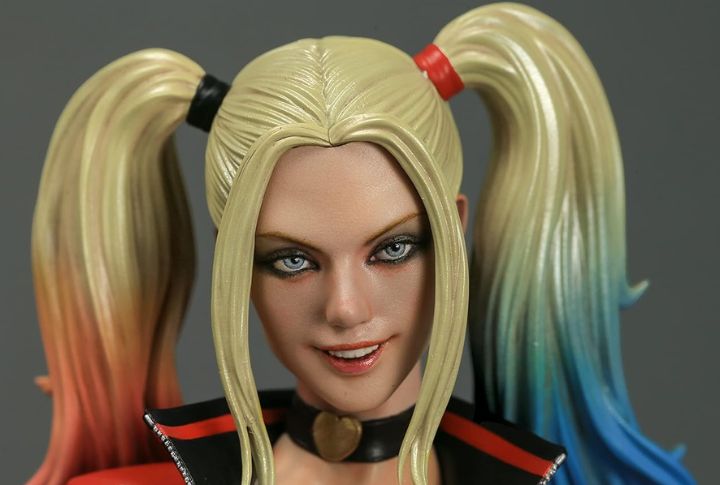
Harley Quinn and Elmer Fudd pulled massive props from nowhere, thanks to cartoon physics that ignores real-world laws. Since the 1914 short “Gertie the Dinosaur,” this running gag stuck around. Animators called this the “Rule of Funny,” while its accuracy came second.
You Can Run Across A Cliff As Long As You Don’t Look Down
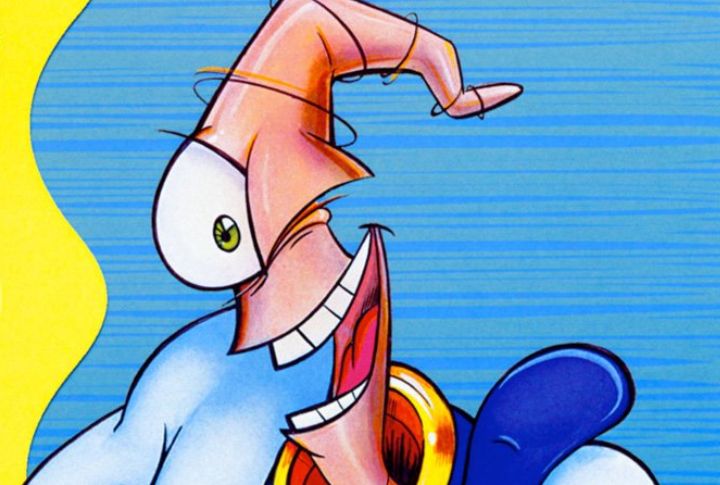
Wile E. Coyote could stay suspended mid-air until he noticed gravity. This gag, called “perception-dependent gravity,” defied reality but somehow felt perfectly natural. Animators dubbed it “gravity delay,” and the trope became a recurring favorite across shows. Even video games like “Cuphead” and “Earthworm Jim” continued this joke.
Getting Ready Deserved A Whole Performance
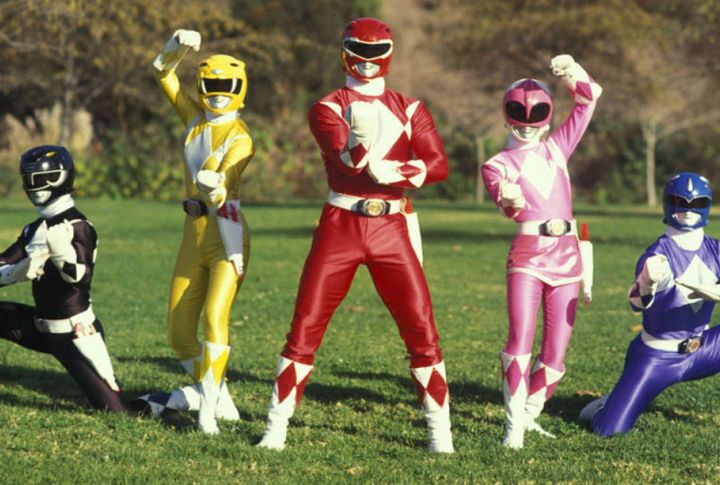
Throwing on a costume wasn’t enough—cartoons turned it into a full-blown event. Shows like “Sailor Moon” and “Power Rangers” used flashy sequences to signal transformation, complete with sparkles, lightning, or heroic poses. For kids, gearing up became less about function and more about dramatic flair.
Catchphrases Make You Instantly Cooler
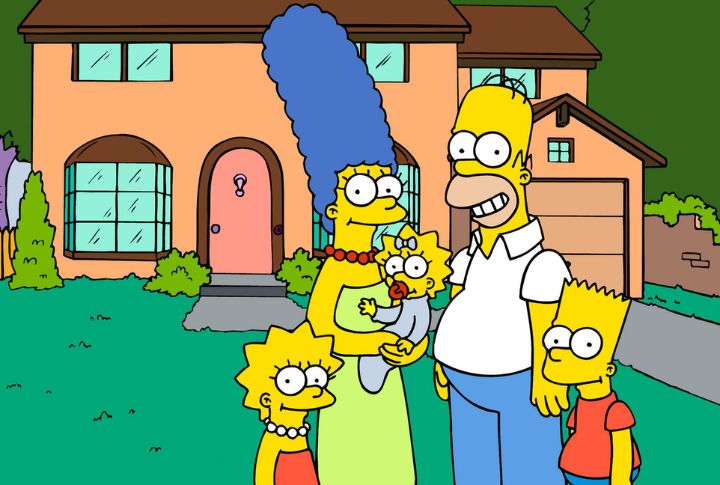
Bart Simpson’s “Eat my shorts!” and Michelangelo’s “Cowabunga!” gave kids a script for rebellion. These short, punchy lines flooded playgrounds nationwide. By repeating them, kids felt clever and connected to TV royalty. Catchphrases weren’t background noise but a badge of cartoon fluency.
Animals Can Totally Talk (If You’re A Kid)

Cartoons like “Garfield” and “Rugrats” turned everyday pets into full-blown conversationalists as long as no adults were around. Garfield’s snark was all internal yet still somehow audible. For kids, this flipped reality: pets were no longer silent; rather, they had opinions and epic levels of sarcasm.
Toys Come To Life When No One’s Watching

Cartoons blurred the line between play and real. A quiet figurine on the shelf might’ve just paused mid-argument. “ReBoot” and other animated shorts leaned into this idea—everything in your room had a script. Childhood became less about playing with toys and more about joining their world unnoticed.
Villains Are Way More Fun Than Heroes
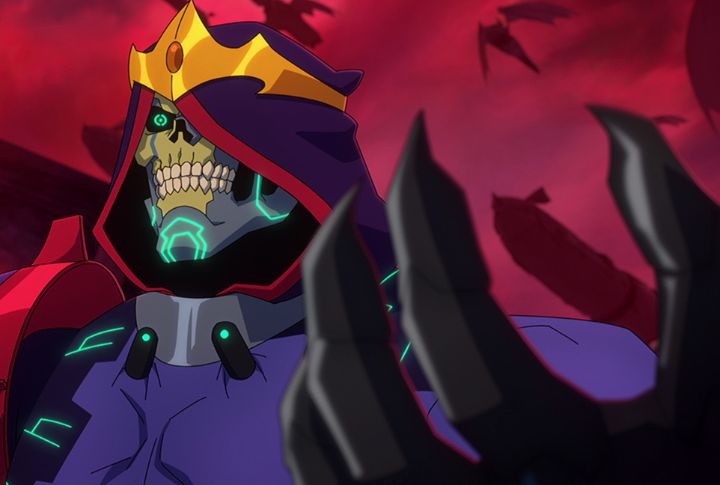
Skeletor and Megatron roasted their rivals with flair and theatrics. Their voices boomed, their insults stung, and every appearance felt like a performance. Heroes followed the rules, while villains rewrote them. Kids memorized their catchphrases and treated them like the real reason to tune in.
Adults Miss Stuff All The Time
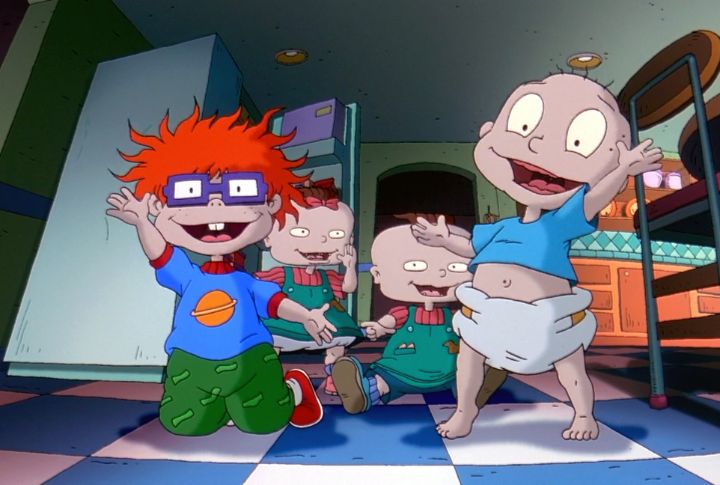
In cartoons, grown-ups rarely had a clue. They missed the obvious, fell for silly disguises, and never noticed what the kids were up to. Shows like “Rugrats” flipped the script—kids solved problems and made sense of it all. Turns out, being older doesn’t mean being right.
You Can Solve Anything With Teamwork
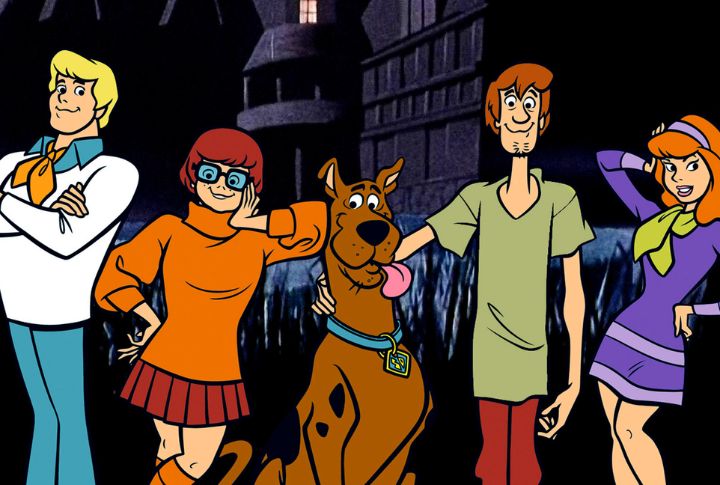
“Scooby-Doo” and “Power Rangers” all pushed one message: every group member matters. Whether it was brains or comic relief, every kid had a role. By watching them coordinate and win, kids absorbed problem-solving strategies built around collaboration and not solo glory.
Weird Is Wonderful
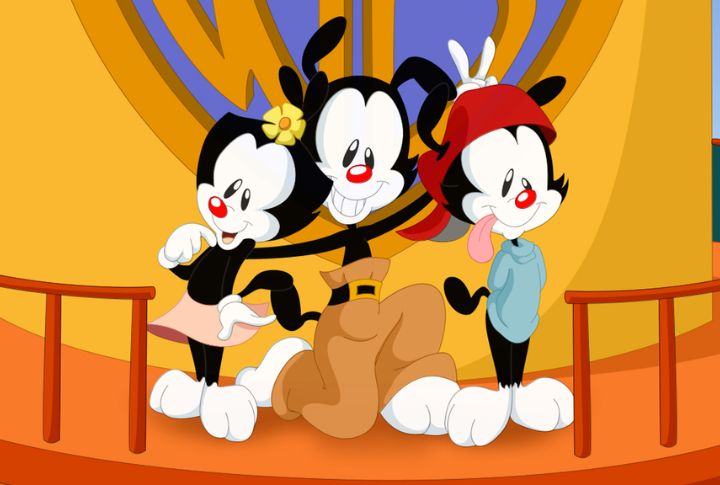
“Ren & Stimpy” and “Animaniacs” broke the rules with reckless joy and absurd style. Their worlds thrived on nonsense and exaggerated logic, which made strange behavior seem intentional. Kids embraced oddball energy, mimicked surreal catchphrases, and learned that standing out wasn’t a mistake but a creative choice worth celebrating.

